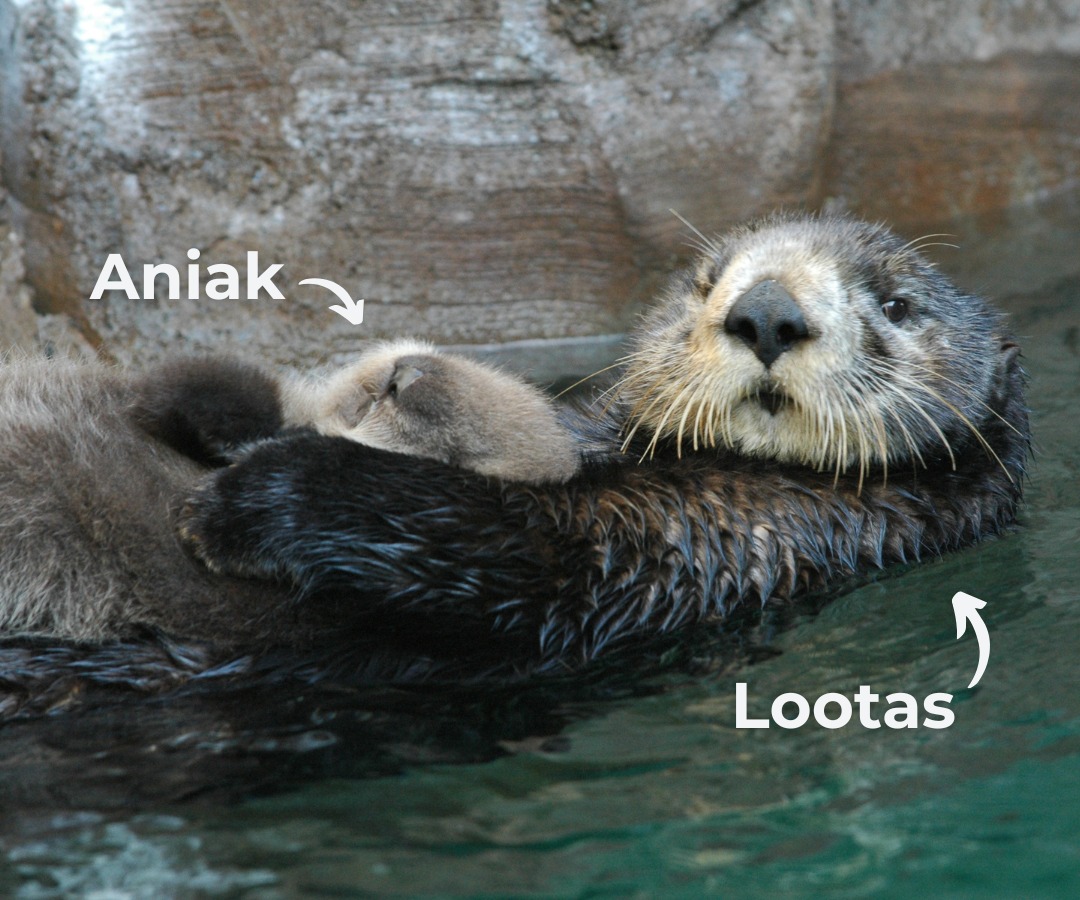- The importance of mothers in wildlife conservation, highlighting the role of maternal care in species survival.
- A closer look at sea otters, focusing on notable examples like Lootas, Aniak, and Sekiu, to understand their behavior and life cycles.
- The challenges and strategies involved in marine conservation, especially concerning sea otters.
- The role of zoological institutions and their impact on animal care, breeding, and public education.
- Advances in wildlife conservation technology and strategies that support maternal care and ecosystem health.
Mothers are pivotal in the animal kingdom, playing critical roles in the survival and ecological balance of numerous species. Maternal care forms the backbone of wildlife conservation efforts, showcasing the instincts and behaviors necessary for nurturing the next generation. This is especially evident in species like sea otters, where mothers such as Lootas and her descendants highlight these incredible bonds.
Lootas and her lineage, including Aniak and her daughter Sekiu, demonstrate both the complexity and beauty of sea otter lives. Sea otters are marine mammals known for their dense fur and playful behavior. They inhabit coastal waters of the northern and eastern North Pacific Ocean. Female sea otters, or dams, invest heavily in their young, often carrying them on their bellies and feeding them with great care. This maternal dedication is crucial for the pup’s survival, teaching essential skills such as foraging and swimming.
The story of Lootas and her family, preserved in photographs, not only offers a glimpse into the intimate lives of sea otters but also serves as a testament to the importance of individual animals in conservation narratives. Observing these relationships helps scientists and conservationists understand behavioral patterns and develop strategies to ensure species continuity.
Conservation of marine life, particularly sea otters, presents unique challenges. They were once hunted almost to extinction for their luxuriant fur. Today, they face threats from oil spills, fishing gear, and habitat destruction. Conservation strategies include legal protection, habitat restoration, and public education. These efforts are aided by research into the otters’ role in their ecosystems as keystone species, with their presence maintaining sea urchin populations and, by extension, kelp forest health.
Zoological institutions play a crucial role in wildlife conservation. They provide safe environments for breeding, raising awareness about species, and educating the public on the importance of conservation. By housing animals like Lootas and her progeny, zoos offer an up-close view of wildlife for millions of visitors, fostering appreciation and support for conservation efforts. Furthermore, these institutions contribute valuable research, including insights into behavior and health management strategies.
In recent years, technology has bolstered wildlife conservation efforts. Advances such as satellite tracking, genetic analysis, and AI-driven habitat monitoring have enabled more effective management of wild populations. These tools assist in planning conservation strategies that support maternal care and overall ecosystem health. The combination of traditional and technological approaches promises improved outcomes for species on the brink of danger. Such innovations are critical as they help address the broad impacts of climate change and human encroachment on natural habitats.
As we consider the significance of Mother’s Day, reflecting on the roles of mothers in the wild offers a powerful reminder of the interconnectedness of life. Protecting these maternal figures and the environments they inhabit is key to preserving biodiversity. Conservation is not solely about saving individual animals but about maintaining the balance that supports life on Earth, ensuring that future generations can thrive.
Highlighting the dedication of mothers like Lootas and understanding the broader context of conservation yields vital lessons. These experiences encourage responsibility and inspire action towards preserving the intricate web of life. By promoting awareness and fostering a commitment to environmental stewardship, we can help protect these incredible creatures and their habitats for the future.
*****
Source Description
Happy Mother’s Day 💙
Enjoy some throwback pics of these otterly adorable mothers: Lootas with her pup, Aniak, in 2002. Followed by Aniak all grown up with her own daughter—the one and only Sekiu—in 2012! 🤎


